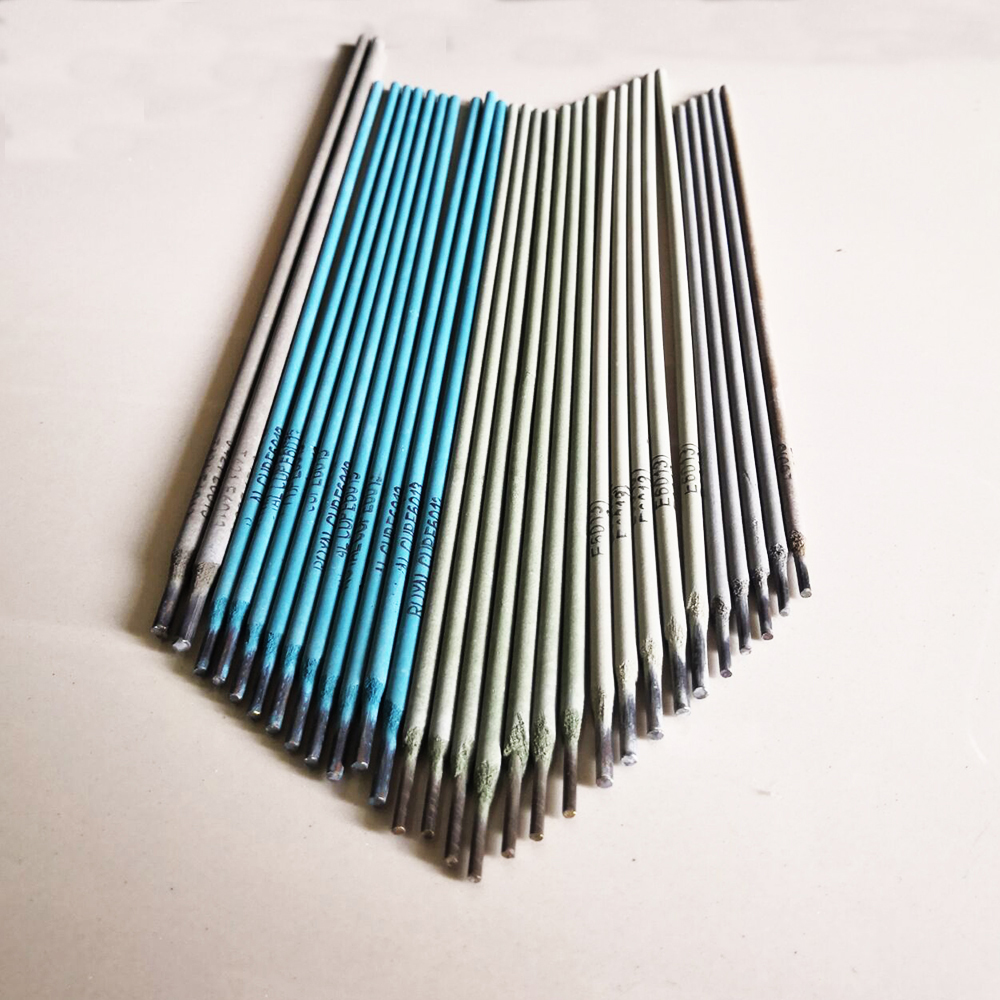Choosing the Right 3.15mm Welding Electrode for Optimal Performance and Results in Your Projects
Understanding the Importance of 3.15mm Welding Electrodes in the Welding Industry
Welding is a crucial process in various industries, including manufacturing, construction, and automotive sectors. It involves joining materials, typically metals, by the application of heat and sometimes pressure. One essential component of this process is the welding electrode, which serves as the filler material in many welding techniques. Among the various sizes available, the 3.15mm welding electrode is particularly significant due to its versatility and application across different welding environments.
Welding electrodes come in various diameters, each suited for specific tasks and types of welds. The 3.15mm (approximately 1/8 inch) electrode is widely used for both light and moderate welding tasks, making it a popular choice among welders. Its size strikes a balance between ease of handling and effective heat conduction, facilitating quality welds in various settings.
Understanding the Importance of 3
.15mm Welding Electrodes in the Welding IndustryAdditionally, the 3.15mm electrode is ideal for welding a range of materials, including carbon steel, low-alloy steel, and even some stainless steels. Its ability to create strong, durable welds makes it suitable for structural applications, repair work, and fabrication tasks where strength is crucial. The electrode’s diameter allows for a good deposition rate, ensuring that the weld pool remains manageable even during fast-paced operations.
welding electrode 3.15mm

One vital aspect of using a 3.15mm welding electrode is understanding the selection of the right type based on the specific application. These electrodes are available in various coatings, including basic, rutile, and cellulosic. Each coating type offers distinct benefits, such as different levels of slag production, ease of use, and cleaning properties. For example, a rutile-coated electrode provides a smooth arc and is easier to control, making it ideal for beginners and those performing overhead welding tasks. In contrast, basic-coated electrodes are preferred in situations requiring high impact resistance and tensile strength.
Moreover, using a 3.15mm welding electrode requires proper settings on the welding machine, including voltage, amperage, and travel speed. These parameters can significantly affect the quality of the weld and the overall efficiency of the welding process. For instance, if the amperage is too high, it can lead to excessive burn-through, while an insufficient amperage can result in inadequate penetration and weak welds.
Weld quality is further enhanced by maintaining proper electrode angle and motion while welding. A consistent technique helps to ensure that the weld is uniform and structurally sound. Welders often engage in practice and training to develop their skills, ensuring the best use of electrodes such as the 3.15mm variety.
In conclusion, 3.15mm welding electrodes play a vital role in modern welding practices. Their versatility, coupled with the ability to work with a variety of materials and weld types, makes them an indispensable tool in the welder's arsenal. Understanding how to select and use these electrodes effectively can lead to high-quality welds and successful projects, ultimately contributing to the advancement of industries reliant on welding technology. As welding continues to evolve, so does the technology behind electrodes, making it essential for welders to stay updated on best practices and innovations in the field.
-
Best MIG Welding No Gas Flux Core Solution – Easy, Portable & Clean WeldingNewsJul.08,2025
-
7018 Welding Rod 3/16 - High Strength, Low Hydrogen Electrodes Wholesale 3/32 Welding Rod 7018 Suppliers & China 7018 AC Welding Rod FactoryNewsJul.08,2025
-
High Quality MIG Aluminium Welding Wire - Wholesale Factory Prices from China SuppliersNewsJul.07,2025
-
High-Quality Gasless Aluminum Welding Wire China Gasless Aluminum MIG Wire SupplierNewsJul.07,2025
-
High Quality Ordinary Welding Rod for Pipes – Reliable China Welding Rod 7016 SupplierNewsJul.06,2025
-
Welding Wire 0.9 mm ER70S-6 Supplier Wholesale Manufacturers & FactoriesNewsJul.06,2025


